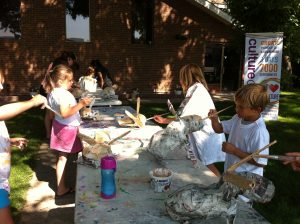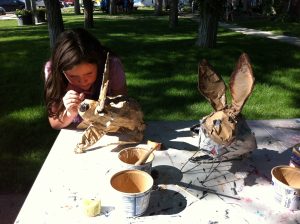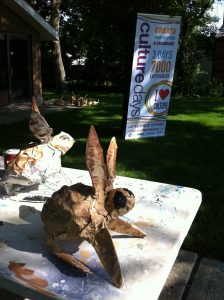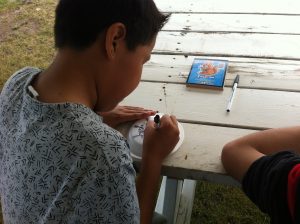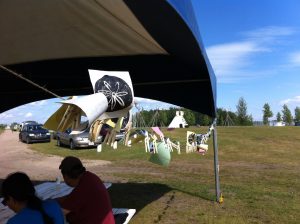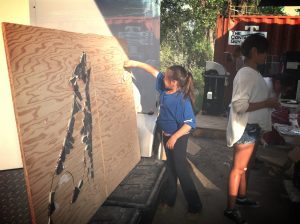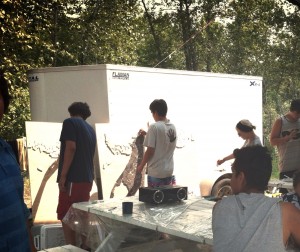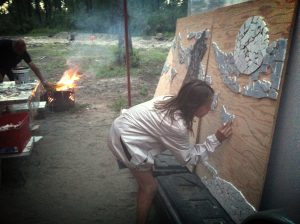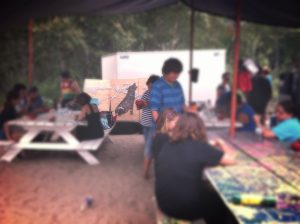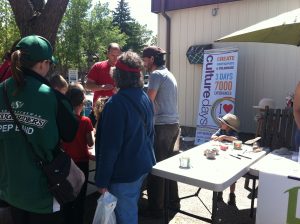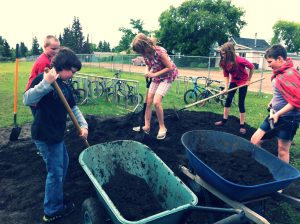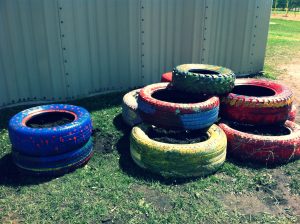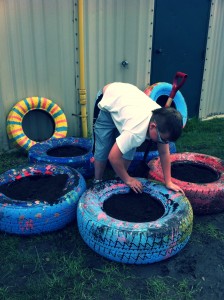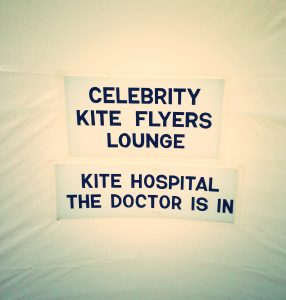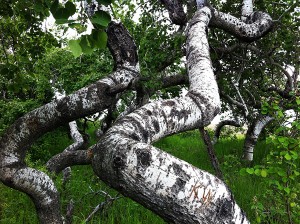The Philosophical Aspects of a Fabric Mosaic
On August 23 I facilitated a Kids Craft for St. Walburg’s Blueberry Festival.
I had prepared the ingredients for a blue fabric mosaic and set up as a drop-in activity at the four corner stop on Main Street.
There’s something about these community based art activities that reminds me of Confucian sayings about society and self-governance or the Taoist concept of wu wei. They remind me of sayings like, “the less the king does, the more gets done.”
What I mean by this is that there is a place and need for all types of workers, artists, at such endeavours. If you provide the supplies and give a brief instruction (or better yet, show by example) kids of various ages come up and participate in their own way. Some will come and sit down and focus on an entire section until it’s complete, regardless of the time it takes to finish the task. They like to having a designated and working alone. There are those who don’t like to start the project but like to follow behind the steadfast starters and fix. They will (in this case) remove excess glue, trim fabric, straighten pieces. There are rogues, of course. Those that come in all jacked up on festival sugars, who are loud and obnoxious and don’t follow any of the rules. And while I used be bothered by the drive-by contributors, I have (with time) come to understand their place too. Now I see that if I just calmly bide my time, the rogues never last longer than five minutes, their errors ignite the fixers enthusiasm, and they break the monotony of the steadfast starters pace.
I have come to understand on a visceral level that indeed if there is a calm center around which kids of all ages can come and work in their own way (without being told how to operate) there is some sort of organic governance that occurs and everything functions smoothly. The project gets done because everyone works in their own inherent fashion, and naturally there is a worker for every job and job for every worker.
Basically, these community based art projects are indicative of the idioms regarding the significance of the individual parts contributing to the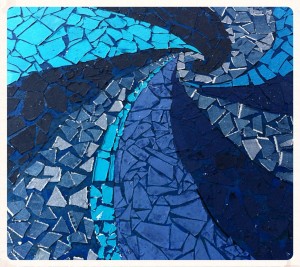
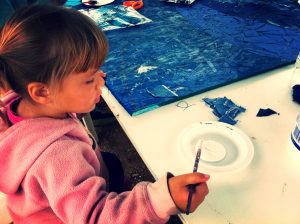
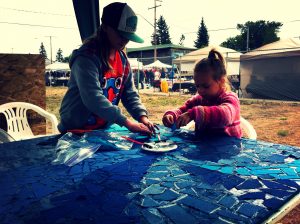
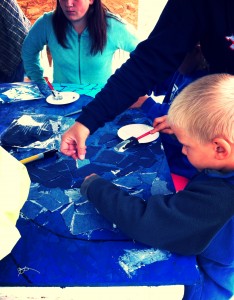 whole.
whole.


